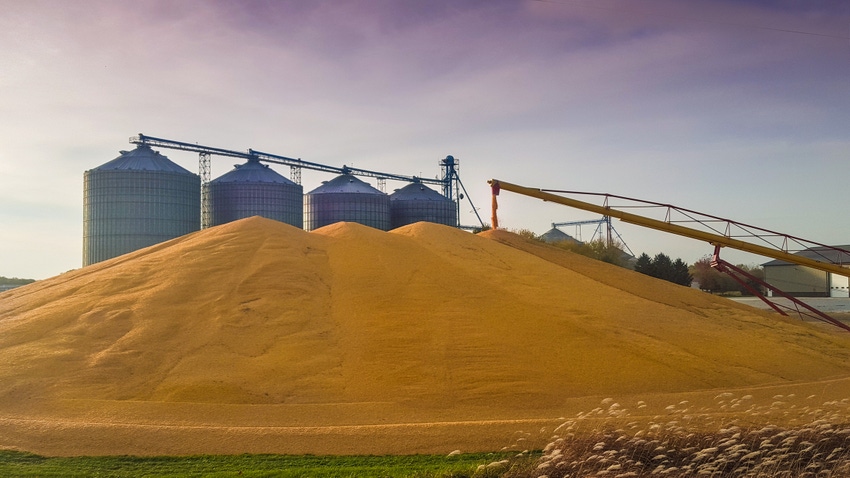FAPRI releases baseline outlook report update
Several factors have disrupted agricultural markets, altering outlook from earlier this year.
August 29, 2019

Excessive spring rain, trade disputes and African swine fever (ASF) have disrupted agricultural markets in 2019. Despite reduced prospects for 2019 U.S. corn and soybean production, prices for many commodities are under downward pressure because of the many factors that have weakened demand.
Economists with University of Missouri's Food & Agricultural Policy Research Institute (FAPRI) and the Agricultural Markets & Policy team recently issued a fall update to their annual "U.S. Baseline Outlook" report that is released each spring.
This year’s update was prepared the week of Aug. 19. Policies in place at that time, including China’s 25% retaliatory tariff on U.S. soybeans and other farm products, are assumed to remain in place. The update uses 2019 acreage, yield and production estimates included in the U.S. Department of Agriculture’s August 2019 “Crop Production” report. The economy is assumed to evolve as projected by IHS Markit in July 2019, with slower economic growth in 2019 and 2020 but no recession, FAPRI director Pat Westhoff said.
“Markets will continue to evolve as we get more information about the size of the 2019 crop, the state of trade disputes and the general economy,” Westhoff said.
ASF has reduced hog inventories in China, which implies less demand in China for soybean meal and corn as livestock feed. The result is an increase in China’s imports of pork but a reduction in China’s imports of soybeans to make soybean meal.
“The estimates of ASF impacts are based on information available in mid-August, recognizing that there remains great uncertainty about the likely market impacts,” Westhoff said.
U.S. soybean exports are also expected to be affected by China’s tariffs. Despite a 19% year-over-year reduction in U.S. soybean production, the $8.43/bu. U.S. soybean price projected for the 2019-20 marketing year is slightly below the estimated 2018-19 price. As with soybeans, projected U.S. corn prices are not expected to increase in 2019-20, even though estimated production is down by a half-billion bushels from the previous year. Weak export sales and stagnant ethanol use are contributing factors, Westhoff said.
“Assuming a return to more normal weather conditions in 2020, projected corn and soybean production should rebound,” he said. “As a result, projected 2020-21 marketing year average prices for corn fall to $3.39/bu., and soybean prices fall to $7.94/bu.”
Wheat prices will average about $5/bu. over the next five years, given large global supplies as well as demand-side competition with corn. Cotton prices will fall in 2019-20 in response to a 24% increase in U.S. production.
The update said U.S. beef production increases in 2019 and 2020 will put downward pressure on cattle prices before the cycle turns in later years, while broiler prices have declined in 2019 in response to large U.S. meat supplies. The total amount of beef, pork and poultry meat supplied to the domestic market is projected to increase in per capita terms through 2021.
According to the report, milk prices have recovered in 2019 as production growth slows. As such, milk prices are expected to exceed $18/cwt. for the next several years. However, they will remain sensitive to international market developments and changes in consumer preferences for fluid milk and butterfat, the update noted.
Consumer food price inflation has been very low in recent years, but the update projects it to increase to 2.2% in 2019. Projected increases in the consumer price index for food are similar to those for the overall index.
Westhoff said the "U.S. Baseline Outlook" gives policy-makers, farmers, agribusinesses and the public an overview of the state of the U.S. farm economy.
“The information is meant to serve a variety of purposes,” Westhoff said. “It’s a broad-brush, big-picture look at agriculture. Our goal is to give a general assessment of what the next several seasons may hold, viewed from where we sit today.”
To view the full report, click here.
You May Also Like



